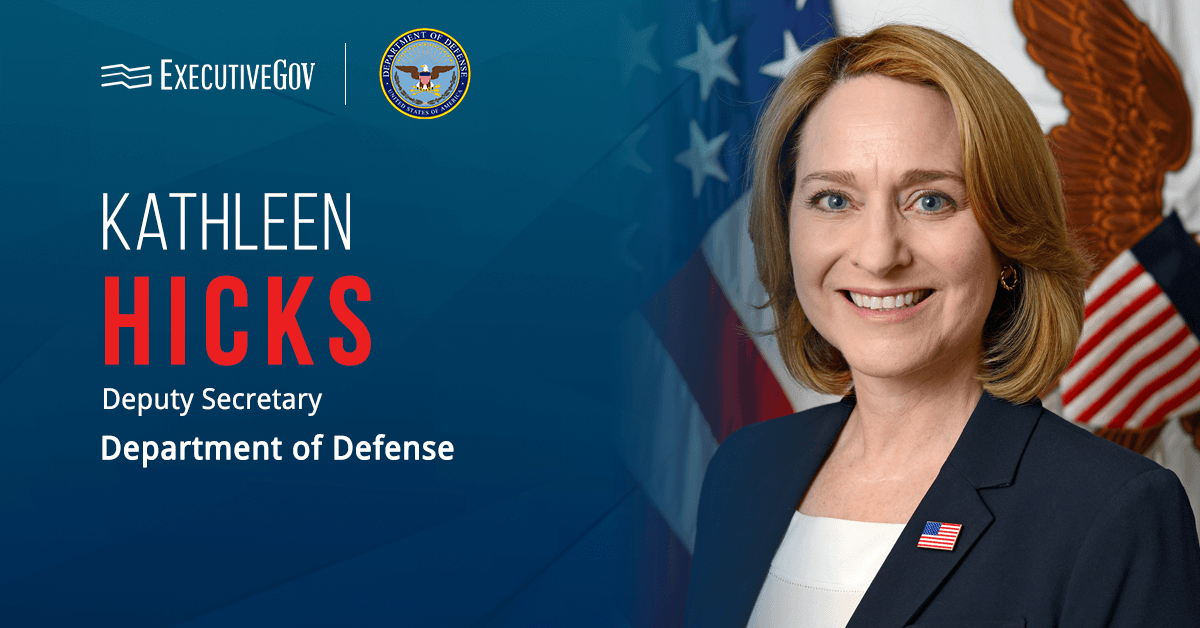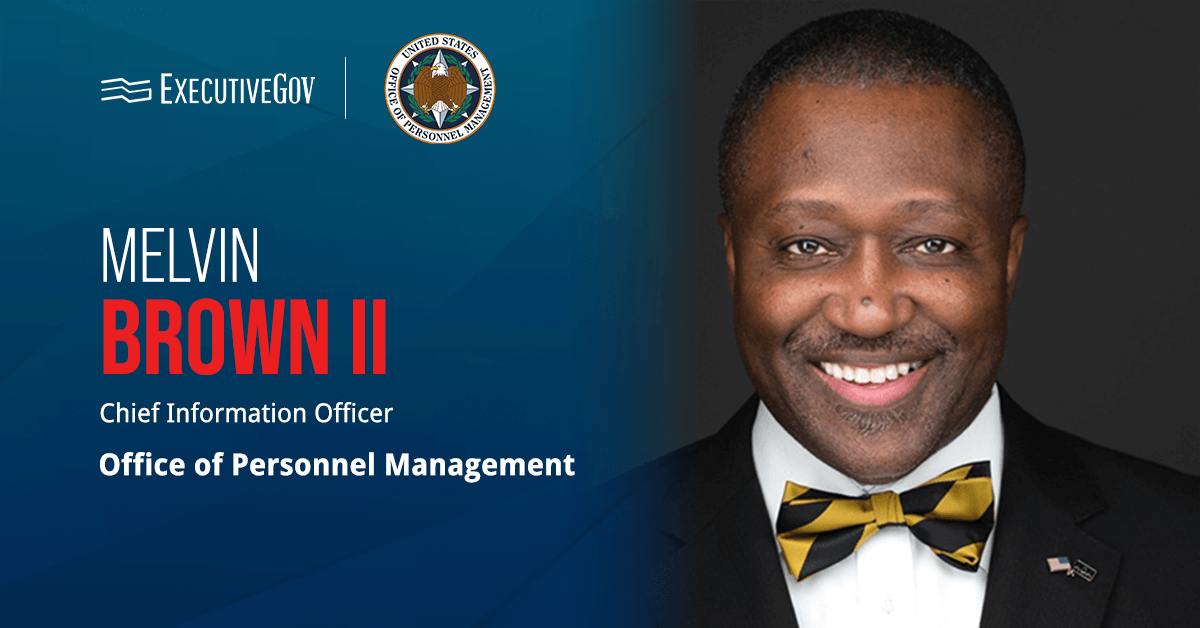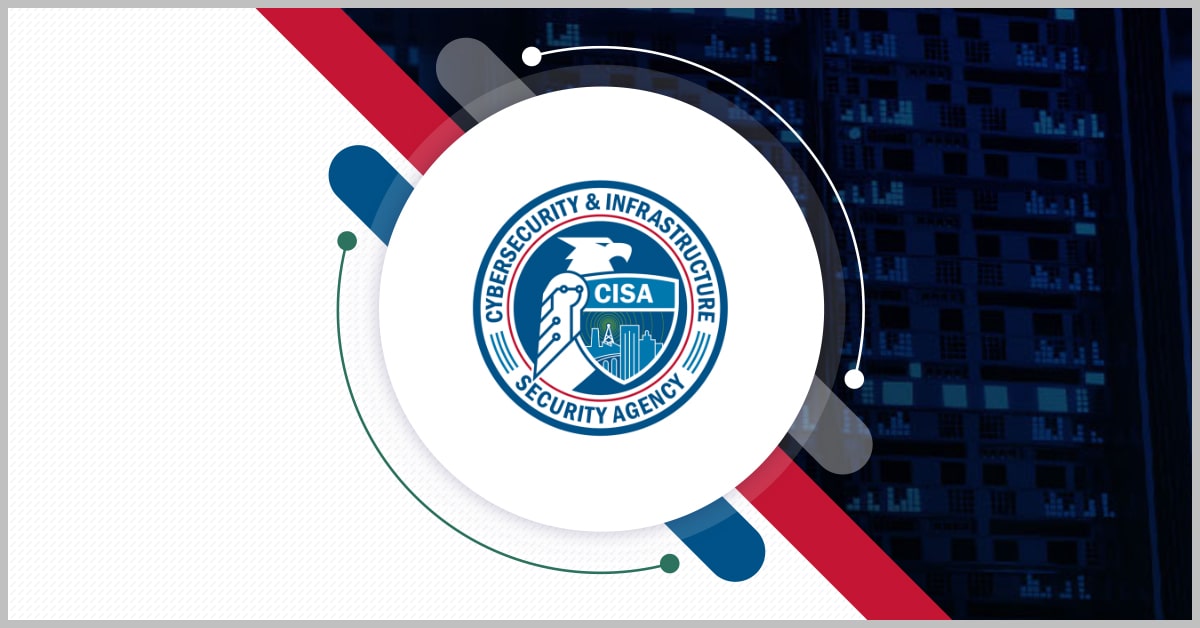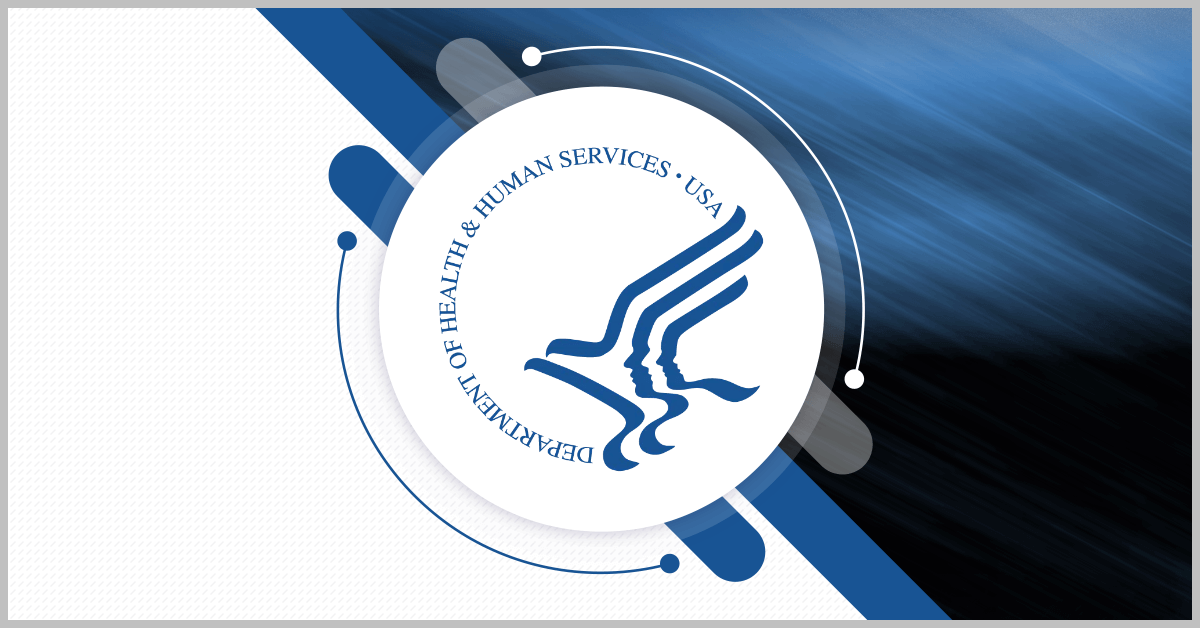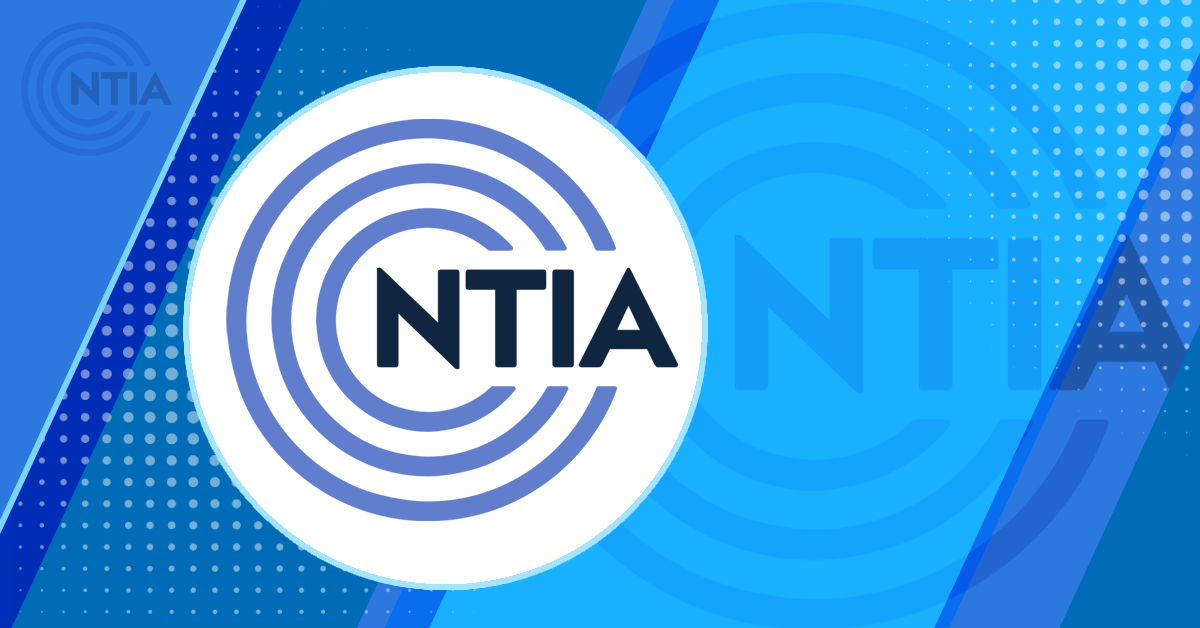Deputy Defense Secretary Kathleen Hicks, a 2024 Wash100 awardee, has outlined a plan to be successful in strategic competition with China.
During a keynote address at the John Hopkins School of Advanced International Studies in Washington on Friday, Hicks spoke on the top four lessons she views as vital for staying ahead of China as one of the United States’ most significant competitors.
Table of Contents
Focusing on Top Priorities
With the department monitoring China’s attempts to build a modern military for the past 25 years, Hicks believes the DOD must focus on priorities like creating a strategy to battle China’s military.
“So, [current defense policy makers] came into office determined to build on the progress of our predecessors — from both parties — and to unlock necessary changes,” Hicks said.
“Senior decision makers must rigorously align ends, ways and means to ensure the strategy itself remains right and DOD can deliver on it,” she continued.
Execution & Delivery
Throughout the intensifying strategic competition with China, the U.S. military has executed and delivered various capabilities.
“From day one, we’ve focused relentlessly on driving changes needed to outpace the PRC and ensure our enduring military advantage,” Hicks stated. “The result has been a more modernized, lethal, agile force across our capabilities, operational concepts, posture and much more.”
However, Hicks additionally highlighted China’s ability to be a “fast follower” and urged defense leaders to use discretion with strategies and efforts related to strategic competition.
Competitive Advantage
Hicks emphasized how the nation’s strong network of allies across the world will serve as a competitive advantage over China.
“Around the world, America’s friends and allies have been substantially contributing to the common defense … And when Beijing sees — as they did last year — navy ships from Canada, Germany and [other countries] peacefully sailing through the Taiwan Strait, they’re reminded that America is hardly the only democracy that wants to see stability and prosperity prevail over chaos and conflict,” Hicks said.
She went on to note that the DOD’s partnership with government, industry, academia and non-profits is also an advantage.


